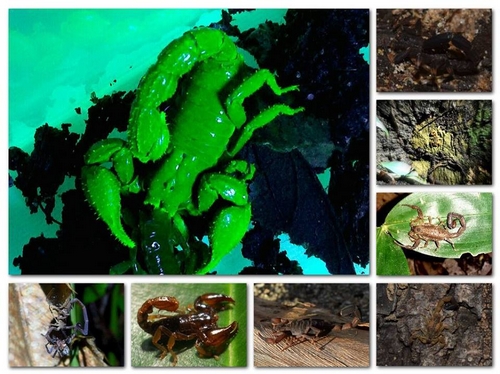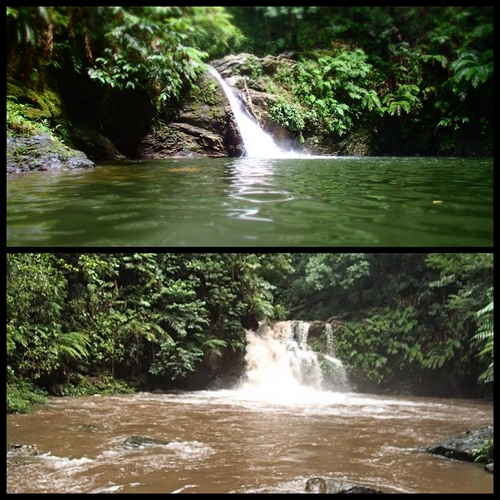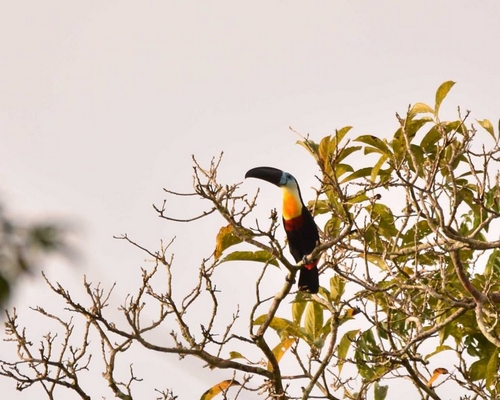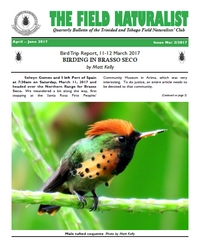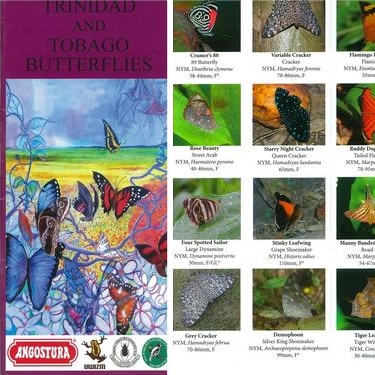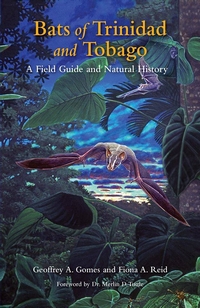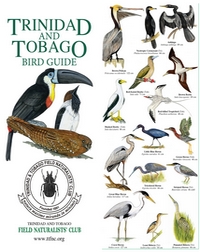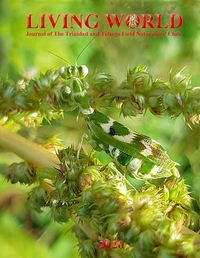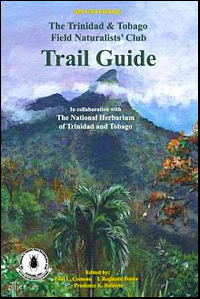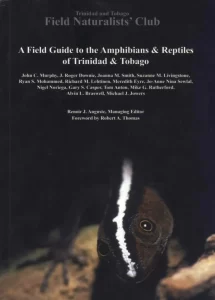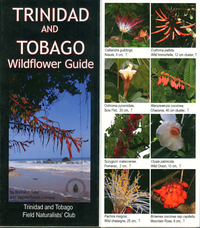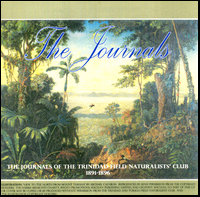October
In October, Rakesh Bhukal gave a presentation on the Scorpions of Trinidad and Tobago where he highlighted the findings of his MSc thesis titled: Niche Separation of Scorpions in Low-land Evergreen Forests. He investigated how different species of scorpions are able to coexist in the same locality and the findings of his project showed that they are able to do so by the selection and use of different foraging microhabitats. His presentation also highlighted general information about the different species of scorpions such as their venom toxicity, species of medical importance, as well as their distribution throughout Trinidad.
With the Bioblitz rescheduled to November, the Club decided to make a quick visit to Rio Seco in October. The trip took an exciting turn at the end when water levels suddenly started to rise, turning the tranquil falls and plunge pool into roaring torrent.
NovemberFor the November trip, members visited the so-called “Jumbie Cave” in Caura. A hive of bees at the cave mouth, however, deterred all but the hardiest of souls from exploring the inside.
Guy Marley spoke to the Club on the “Fish of the Caroni Swamp” for the November lecture. Guy gave us some background to the Caroni Swamp, and the aims of his PhD research. He talked us through his fishing methods for this challenging research environment, and then showed us many of the interesting and varied species he has recorded in the field. Thirty-six of the species he found were new records for the swamp, and many are of commercial importance. His research shows that there are many more important research questions that need to be addressed for us to understand the functioning of this mangrove ecosystem and the effects that humans may have on it.
For the birders, it was off to Rio Claro in November, where the group looked for forest species in Poole.
But the highlight of the month was the Port of Spain Bioblitz. While POS and environs might seem like an odd place for a biological survey, the teams found a surprising diversity of wildlife at the various sites which included the hills overlooking the city, the Diego Martin river and the Botanic Gardens (no cheating by counting animals in the Zoo!). By the end, over 700 species were recorded! Above all, the event was well attended by the public including several schools who visited.December
While no meetings or trips are held in December, the TTFNC did have its annual year end function. Again we decided to hold the function in Brasso Seco. The village has only just started to recover from terrible storms which affected several parts of the Northern Range so members took along some relief supplies. As always, a good time was had by all.

